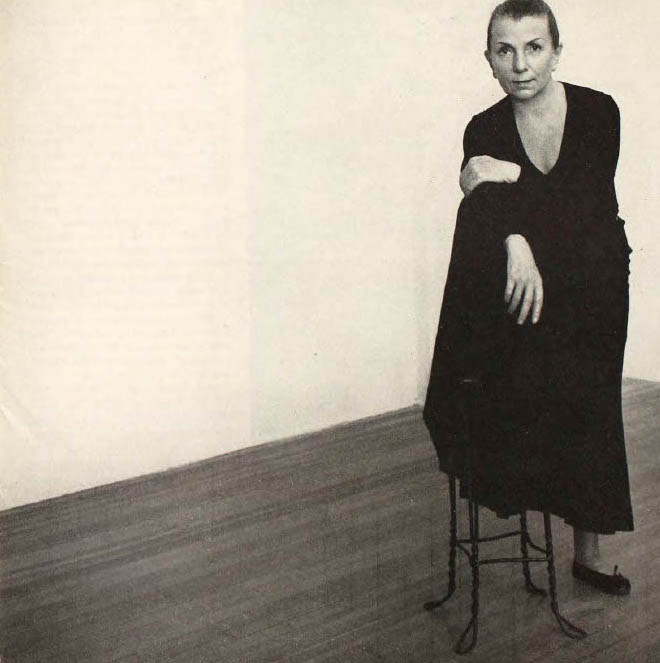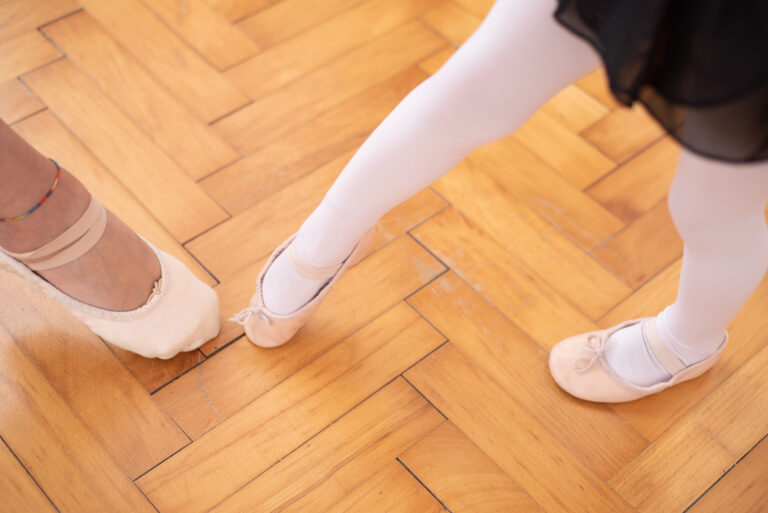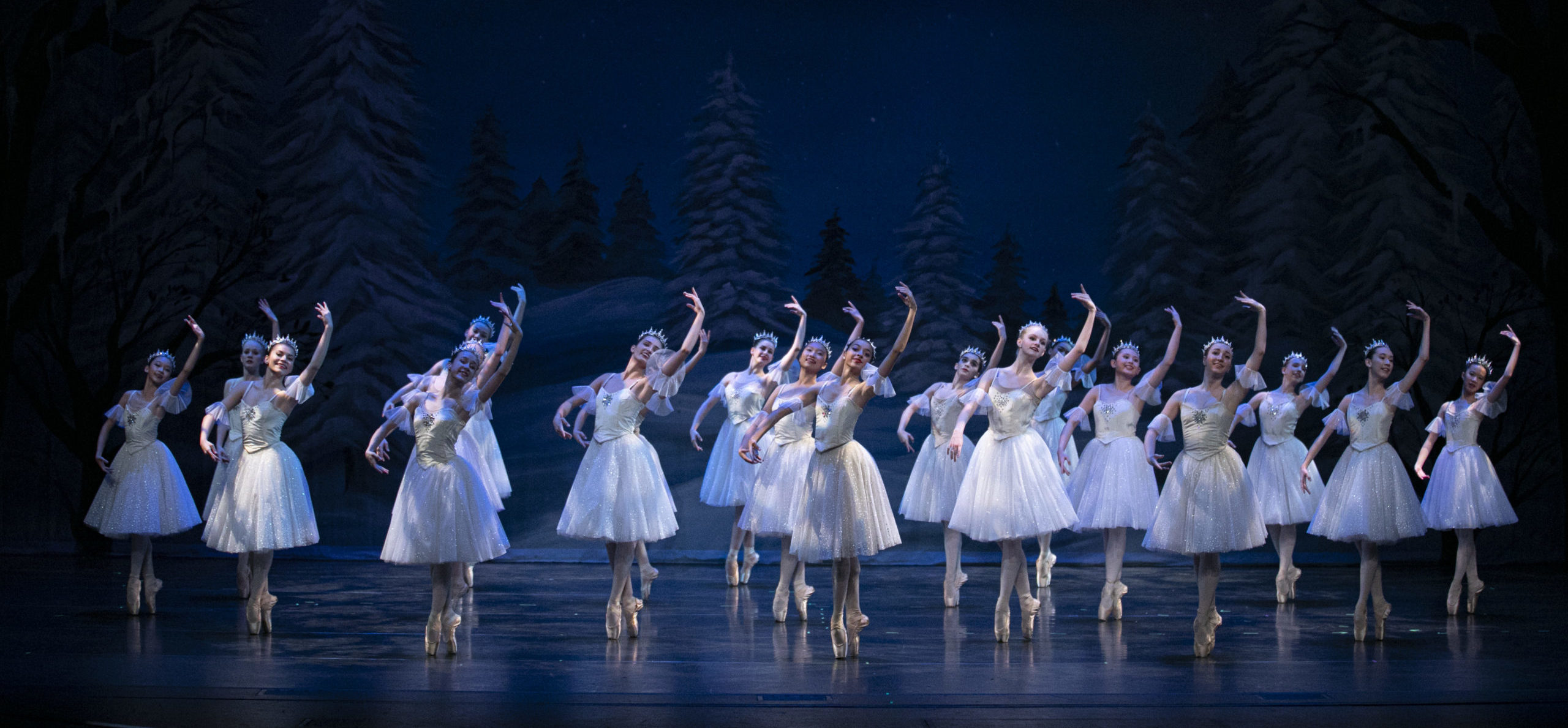
Spacing students in formations for a recital number, corps de ballet ensemble or competition routine can be like solving a Rubik’s Cube. Not only do you need to make sure every student is seen, but you also need to account for what best serves the piece choreographically. Whether it’s considering your students’ confidence, stage presence, retention ability or height, hard decisions often have to be made. And sometimes that may leave students (and their parents) feeling disappointed about where they’re placed onstage.
Here are some ways to tackle the emotions that come with dancing in the back row.
Set a Goal for the Whole Group
Before you place anyone in the dance, give your students a goal for the piece. Explain what you’re going for choreographically so that they understand that they’re all part of a larger whole. “If I’m choreographing for a group, I stop seeing the individuals. I think of them as an organism,” says Jessica Blonde, ballet teacher at Etudes Ballet in Gilbert, Arizona. “The spacing is in service of a larger visual image. It can be very difficult for dancers to understand that at times.”
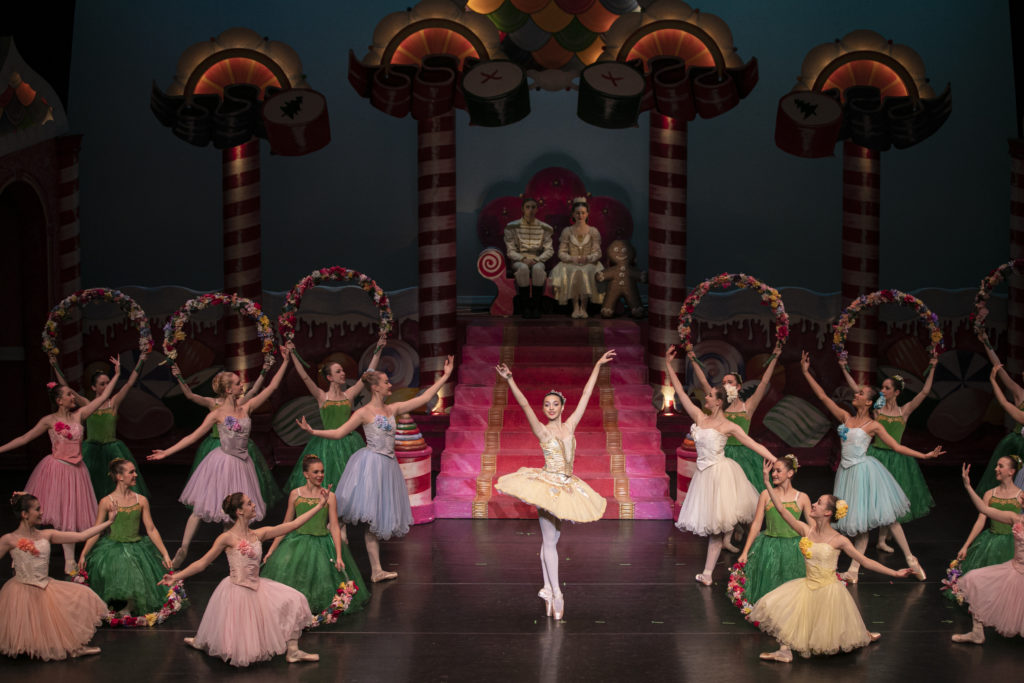
Blonde remembers taking choreographers’ choices personally as a young dancer. It’s not uncommon for dancers to feel slighted if they find themselves behind others onstage. “I try to encourage my dancers to really embrace that opportunity to let go of comparison and competition and embrace the opportunity to focus on teamwork and community,” she says. “It’s a different way of approaching the way that you dance.”
Democratize the Space
As you navigate spatial decisions in your choreography, emphasize that every place onstage is important. When working with her jazz students at Shawl-Anderson Dance Center in Berkeley, California, Elena Martins stresses that everyone has equal responsibility onstage and there’s nowhere to hide. “I remind my students that the whole stage is equally important and the audience is going to see everyone onstage,” she says.
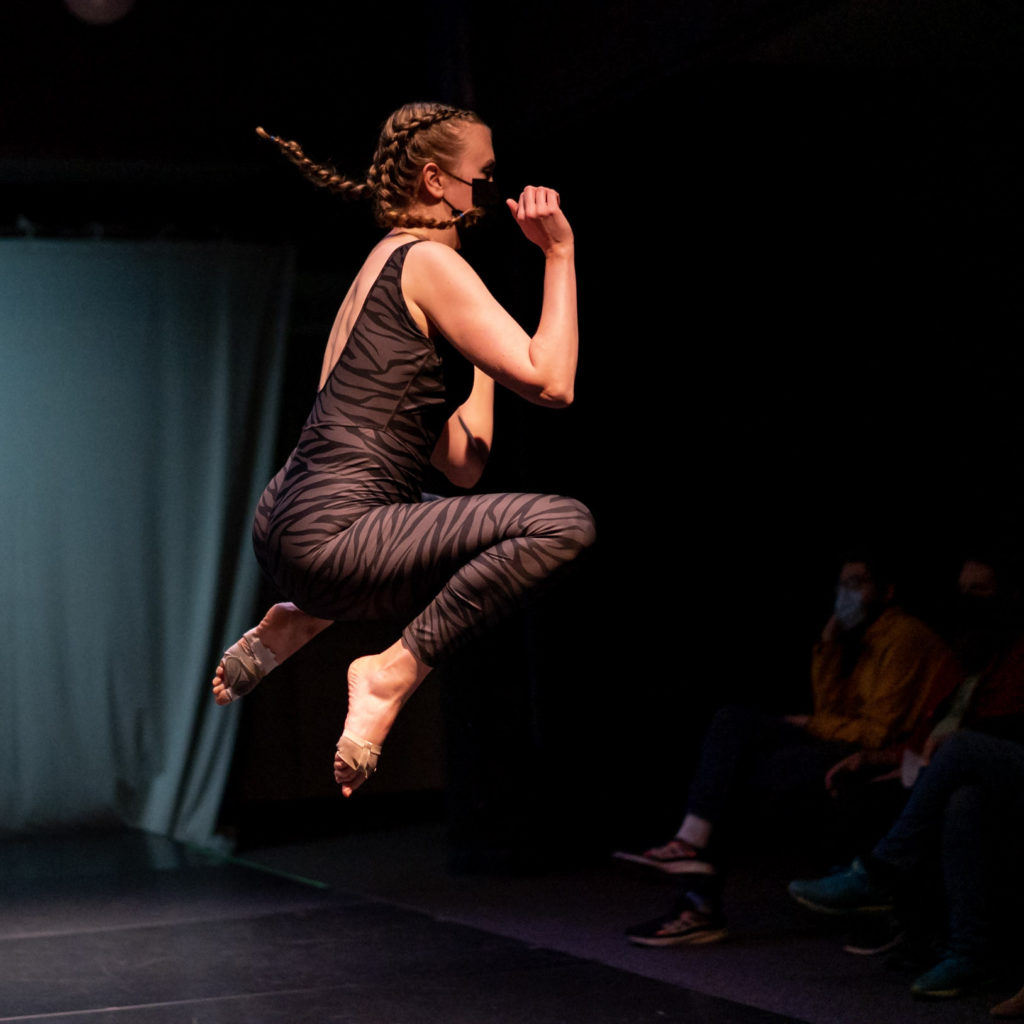
Similarly, Alexandra Cummins, teacher and studio manager at Garri Dance Studio, advises dancers to treat each spot as their own “special spot.” “I try to avoid ‘back line, second line, front line’ lingo,” she says. “As soon as they hear ‘back/front’ they start to equate it with ‘good spot’ versus ‘bad spot.’ So instead I say ‘Go to your spot. This is your spot.’”
Assess Students’ Confidence With the Material
For every student to shine, feeling confident with the material is key. With her group of 9- to 12-year-olds, Martins will sometimes put a dancer in the front who knows the material well and can help guide those feeling less sure of themselves. Blonde agrees with this strategy: “You don’t want someone who is anxious or struggling to remember the choreography to have nobody to look at as a reference. I try to avoid putting anyone in that uncomfortable position.”
To gauge which row would be the best fit for her young students, Cummins keeps an open dialogue with them. “I ask them ‘What’s this part? What comes next?’ If they can physically demonstrate it, I know that dancer is going to perform with confidence without me doing it in front of them.”
Switch Up the Formation
With even the most basic spacing arrangement—horizontal lines across the stage—finding opportunities to switch it up throughout the dance can make the difference between happy dancers and parents and disgruntled ones. Cummins typically prioritizes formation changes for students 6 and up, but with some assistance from a teacher and plenty of practice, even the tiniest dancers can manage a line change so that everyone gets a turn up front.

With more advanced dancers, challenge yourself to keep them moving. Martins likes to keep her students shifting throughout the space constantly. The formations are always changing, and a lot of the spacing decisions are simply a result of what makes the most sense with the necessary entrances and exits. Explaining this to her students, and giving them many opportunities to move throughout the entire stage, keeps sore feelings at bay.
Be Transparent About Your Thought Process
The most important thing you can do as you space out your students is to be transparent about your decision-making process. “I’ve had dancers who I can see in their faces that they are disappointed where they get placed,” says Martins. “I try and put an end to that by straight up telling them why. It’s the unspoken stuff that festers.”
Often for Blonde, spacing decisions are determined by the dancers’ heights. “My students know exactly where they fall into a lineup of height,” she says. “It may make them feel like it’s less of a judgment about their dancing.”
Be open to having honest conversations with your students and their parents about why they are where they are at in your choreography. “For me it’s worked out well to let the student be involved in the feedback,” says Cummins. “They can come talk to me and feel like they have a voice if they have a question or comment.”
Blonde recommends reminding students and their parents that spacing choices are not a personal thing. “It feels personal,” she says. “But most of us teachers and choreographers have danced in the back row too, so we do remember and understand. At the end of the day, it has nothing to do with any specific dancer. The goal is just to create a cohesive overall piece.”



